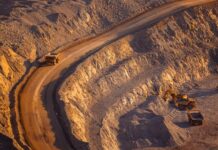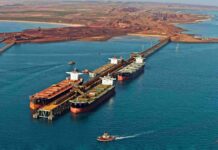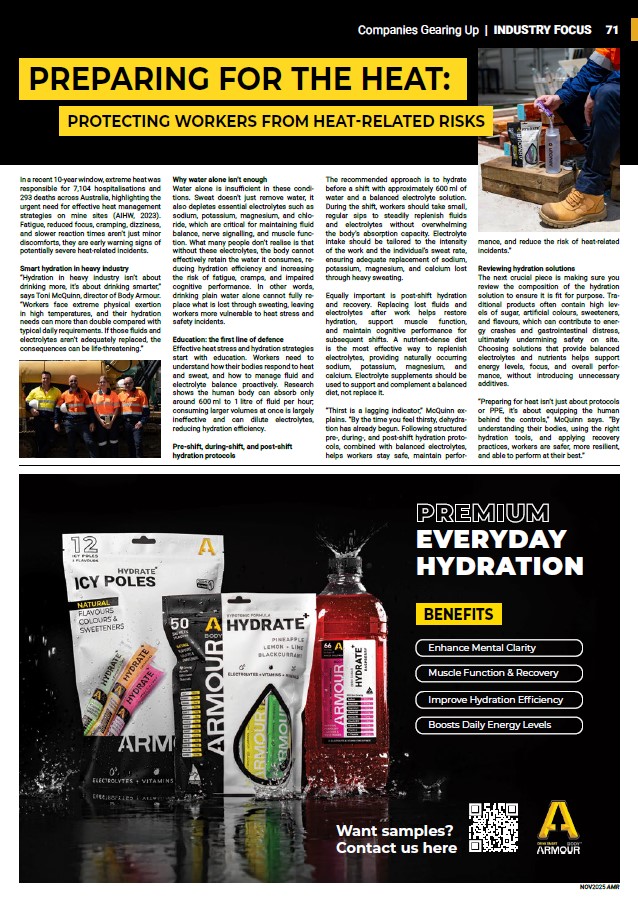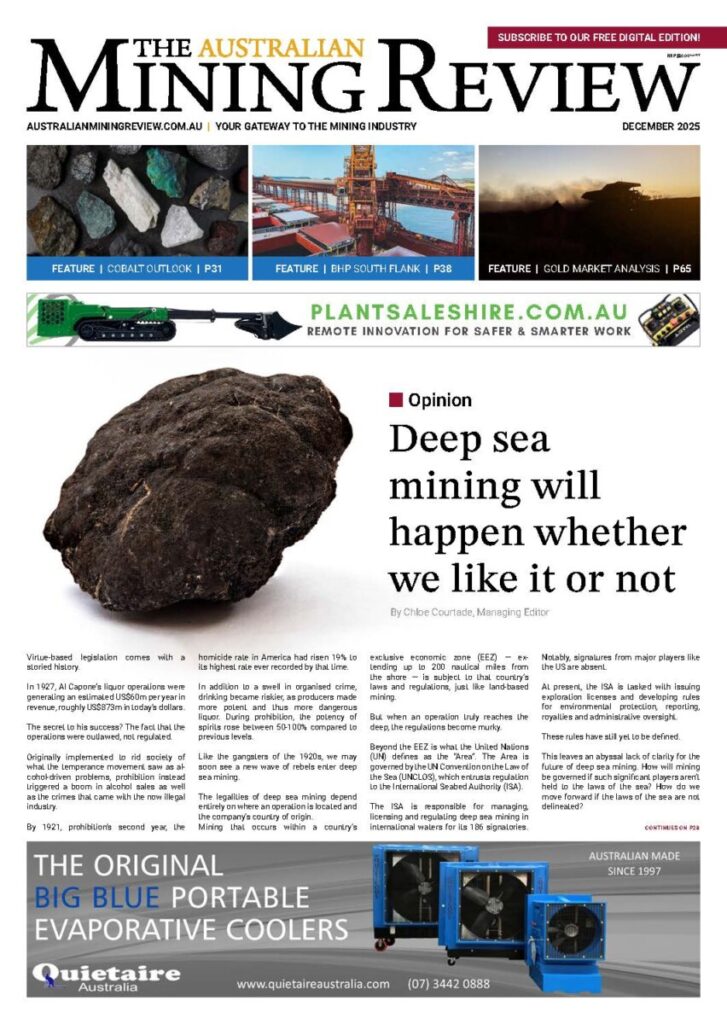Preparing for the heat: protecting workers from heat-related risks
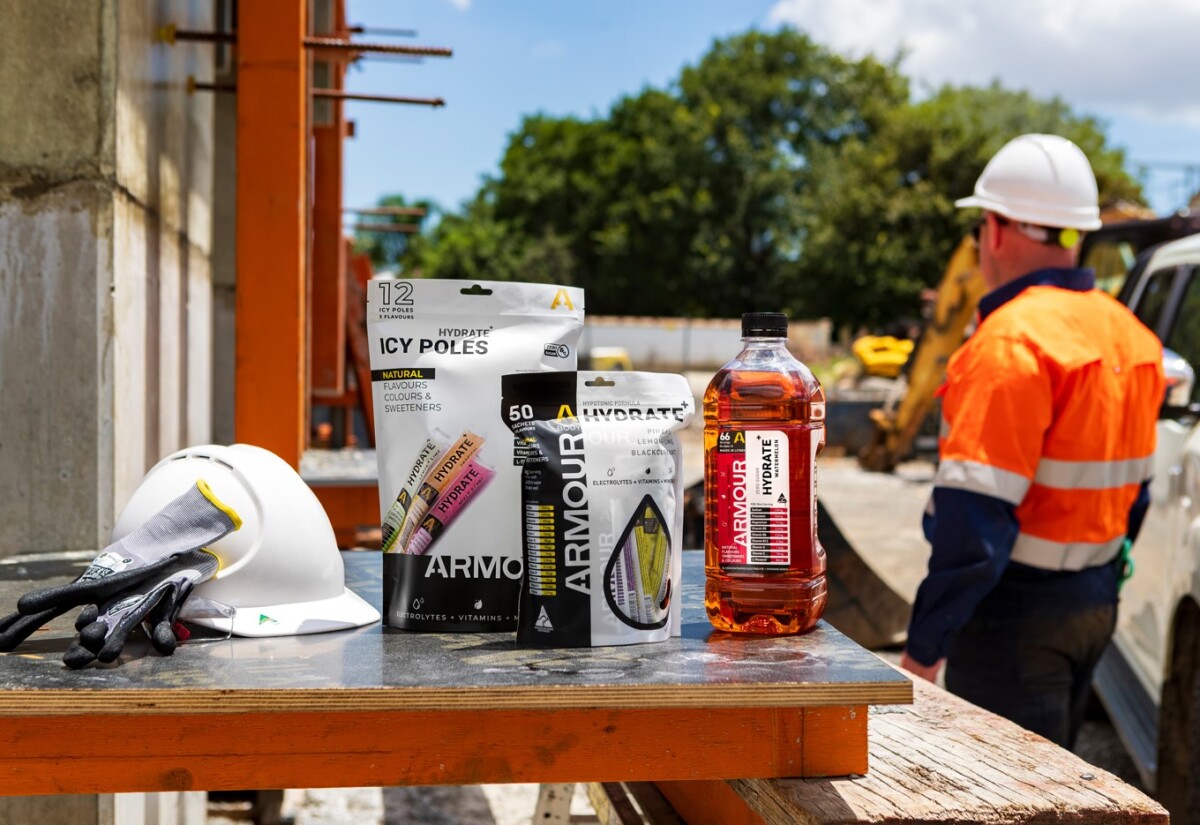
In a recent 10-year window, extreme heat was responsible for 7,104 hospitalisations and 293 deaths across Australia, highlighting the urgent need for effective heat management strategies on mine sites (AIHW, 2023). Fatigue, reduced focus, cramping, dizziness, and slower reaction times aren’t just minor discomforts, they are early warning signs of potentially severe heat-related incidents.
Smart hydration in heavy industry
“Hydration in heavy industry isn’t about drinking more, it’s about drinking smarter,” says Toni McQuinn, director of Body Armour. “Workers face extreme physical exertion in high temperatures, and their hydration needs can more than double compared with typical daily requirements. If those fluids and electrolytes aren’t adequately replaced, the consequences can be life-threatening.”
Why water alone isn’t enough
Water alone is insufficient in these conditions. Sweat doesn’t just remove water, it also depletes essential electrolytes such as sodium, potassium, magnesium, and chloride, which are critical for maintaining fluid balance, nerve signalling, and muscle function. What many people don’t realise is that without these electrolytes, the body cannot effectively retain the water it consumes, reducing hydration efficiency and increasing the risk of fatigue, cramps, and impaired cognitive performance. In other words, drinking plain water alone cannot fully replace what is lost through sweating, leaving workers more vulnerable to heat stress and safety incidents.
Education: the first line of defence
Effective heat stress and hydration strategies start with education. Workers need to understand how their bodies respond to heat and sweat, and how to manage fluid and electrolyte balance proactively. Research shows the human body can absorb only around 600?ml to 1?litre of fluid per hour; consuming larger volumes at once is largely ineffective and can dilute electrolytes, reducing hydration efficiency.
Pre-shift, during-shift, and post-shift hydration protocols
The recommended approach is to hydrate before a shift with approximately 600?ml of water and a balanced electrolyte solution. During the shift, workers should take small, regular sips to steadily replenish fluids and electrolytes without overwhelming the body’s absorption capacity. Electrolyte intake should be tailored to the intensity of the work and the individual’s sweat rate, ensuring adequate replacement of sodium, potassium, magnesium, and calcium lost through heavy sweating.
Equally important is post-shift hydration and recovery. Replacing lost fluids and electrolytes after work helps restore hydration, support muscle function, and maintain cognitive performance for subsequent shifts. A nutrient-dense diet is the most effective way to replenish electrolytes, providing naturally occurring sodium, potassium, magnesium, and calcium. Electrolyte supplements should be used to support and complement a balanced diet, not replace it.
“Thirst is a lagging indicator,” McQuinn explains. “By the time you feel thirsty, dehydration has already begun. Following structured pre-, during-, and post-shift hydration protocols, combined with balanced electrolytes, helps workers stay safe, maintain performance, and reduce the risk of heat-related incidents.”
Reviewing hydration solutions
The next crucial piece is making sure you review the composition of the hydration solution to ensure it is fit for purpose. Traditional products often contain high levels of sugar, artificial colours, sweeteners, and flavours, which can contribute to energy crashes and gastrointestinal distress, ultimately undermining safety on site. Choosing solutions that provide balanced electrolytes and nutrients helps support energy levels, focus, and overall performance, without introducing unnecessary additives.
“Preparing for heat isn’t just about protocols or PPE, it’s about equipping the human behind the controls,” McQuinn says. “By understanding their bodies, using the right hydration tools, and applying recovery practices, workers are safer, more resilient, and able to perform at their best.”


